A hand therapist (physiotherapist) at The Hands Physio uses stretches to:
Stretching is extremely beneficial for our joints, muscles and tendons. Not only do they help prepare your body work/exercises they ensure you are working at your optimum energy efficiency. A short or tight muscle has to work harder to produce the same energy output as a muscle working at the desired length. This affects the muscle endurance and ultimately its strength.
Injured muscles and tendons also shorten or contract to protect themselves from further damage. They are also mechanically compromised by the chemicals – swelling that builds up in injured tissues. Stretching helps to alleviate this. Stretches are held for progressively longer time frames (pain free) up to two minutes to get adequate tissue adaptation. They need to be performed regularly and correctly to be most beneficial. Our hand therapists provide photographs and video demonstrations of the stretches to ensure you can do them correctly at home.
Prolonged stretches, held for up to 15 minutes are also taught – especially for tight or contracted joints. These are done to help regain range of motion of the joint. Heat is also used to encourage tissue deformation of the joint capsule or tight muscle/tendon. Stretches are also thought to help stimulate tendon cell growth in a damaged tendon.
Our hand therapists (physiotherapists) also use stretches in a technique called contract relax (CR) stretches. This uses the stretch reflex to help gain correct muscle and tendon length.
Our strength is in Diagnosis, Education and Custom Treatment Programs.
Every individual is assessed thoroughly and given an accurate diagnosis from their history and initial presentation of symptoms. Progress is re-assessed around three weeks to confirm diagnosis. If an injury is not tracking as expected from normal tissue healing time frames and there are no reasons for lack of progress, consultation with the team happens to check diagnosis and progress is accurate.
Injuries are explained in detail to each patient. Diagrams are drawn and photos of conditions are given. Patients are encouraged to ask questions, so they are fully informed of their condition or injury. Expectations like when to return to work, sport, music, and driving are given. Our therapists come alongside the patient to develop individual treatment programs, set up in conjunction with the patients’ goals and expectations.
Every patient contributes to their treatment program and what they are able to do, so they are actively involved in their rehabilitation.
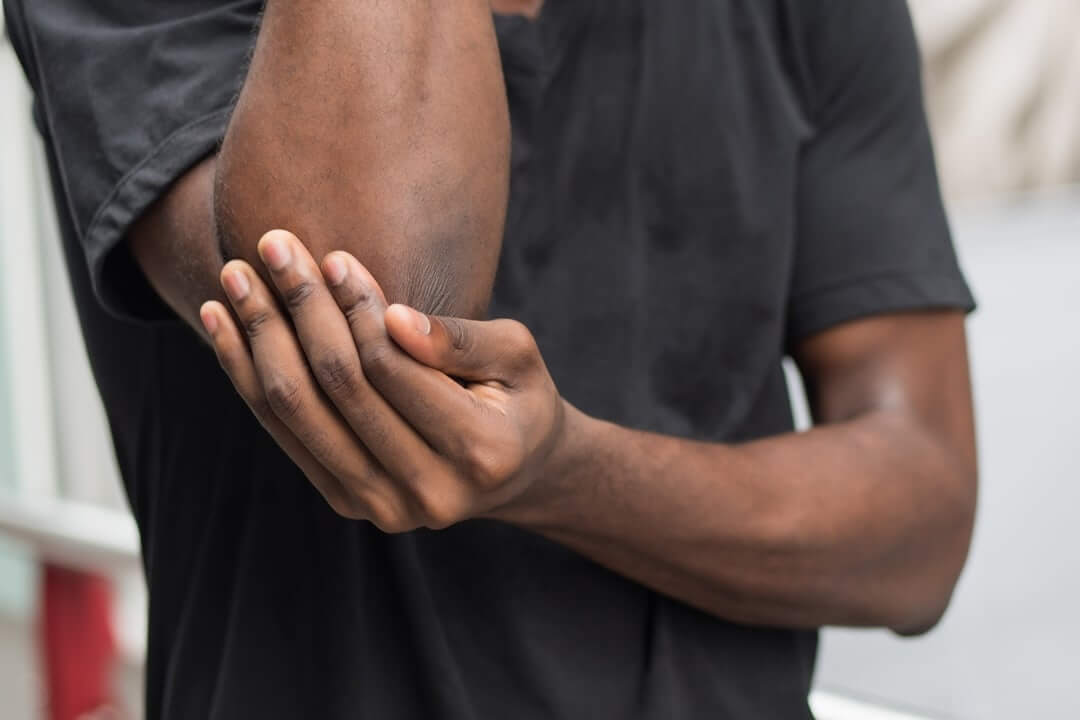
Acute pain is when the body is working to heal structural tissue damage. Everything is done to ensure structural and mechanical integrity if maximised of the injured tissues.

Most wounds recover in the repair phase of healing. Our therapists look after your wounds by providing dressings that are applied with a sterile technique to avoid infection.
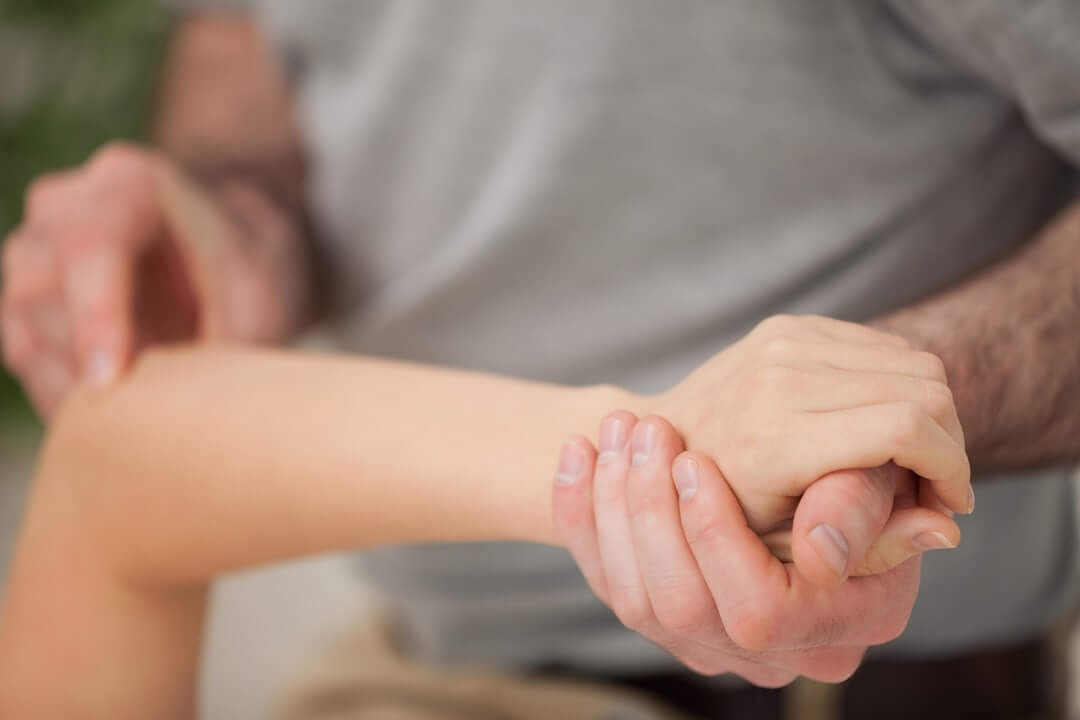
Joint mobilisation involves moving the joint back and forth in small oscillating movements further and further into range to restore the joints normal movement.
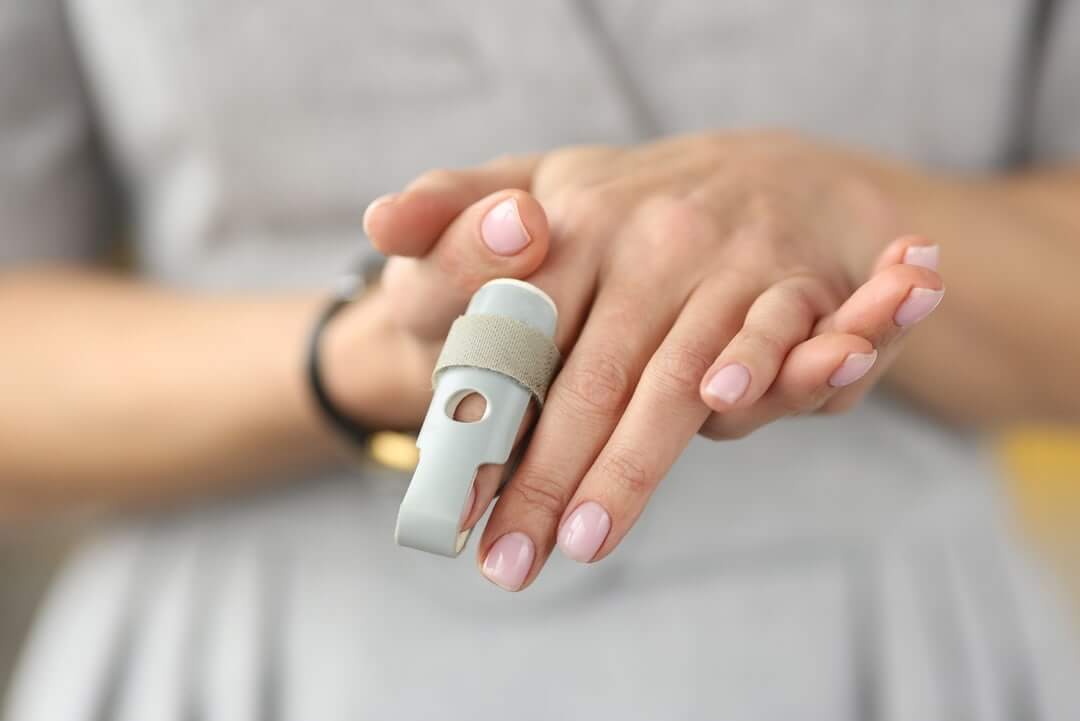
Massage helps to improve blood supply to the injured area, helping you recover faster.
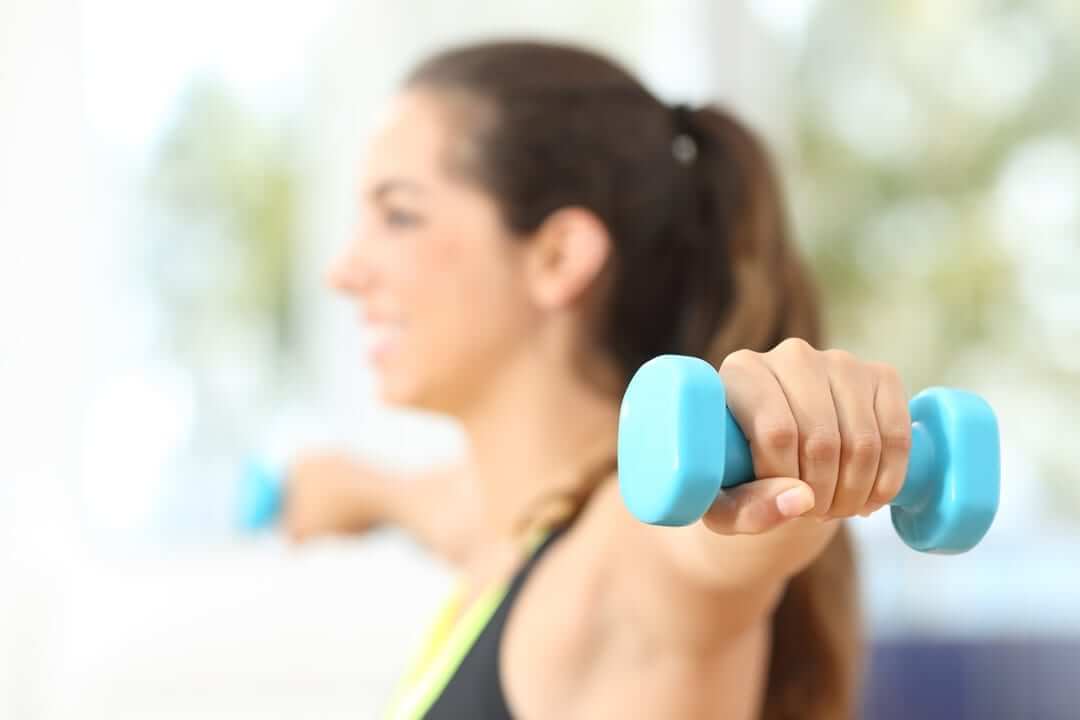
Exercise is the body’s natural way of restoration to improve stability, mechanics, strength and movement to an injury. Whether the injury is from overuse, trauma, disease or surgery exercises are necessary to restore function.
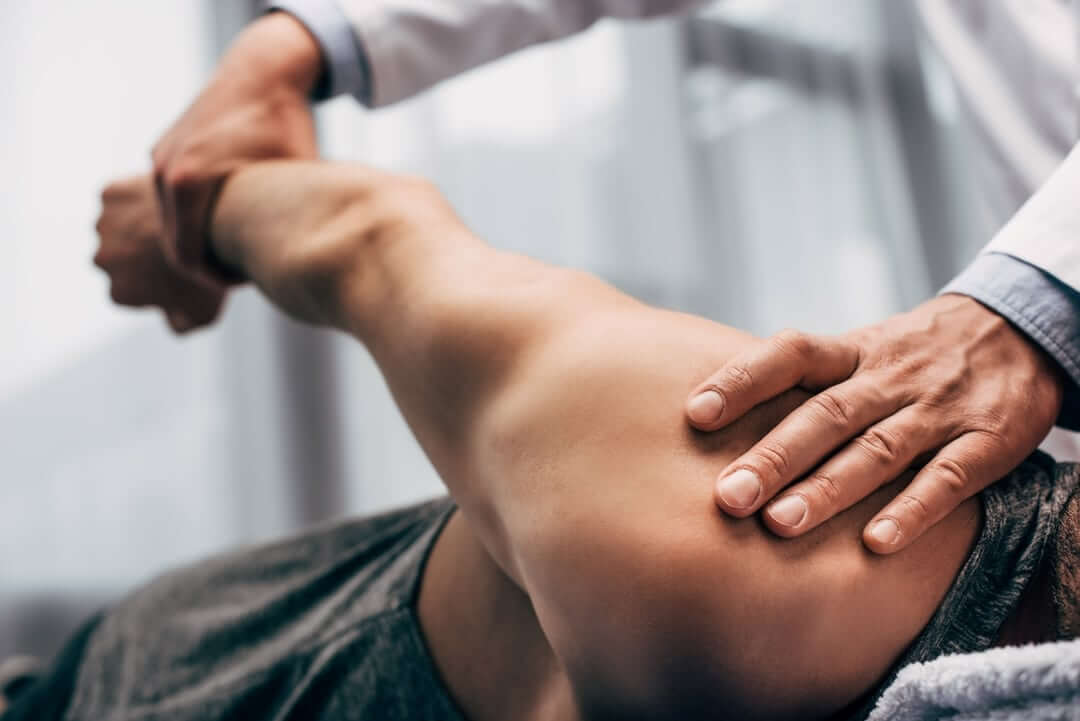
Stretching is extremely beneficial for our joints, muscles and tendons. Not only do they help prepare your body work/exercises they ensure you are working at your optimum energy efficiency.